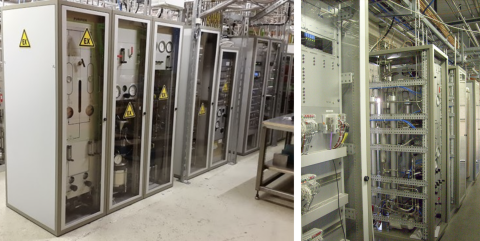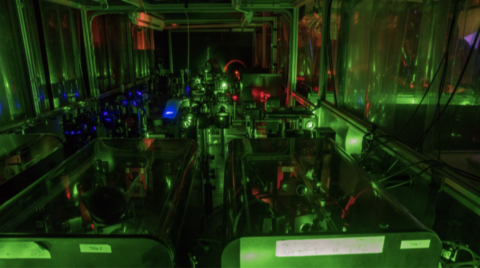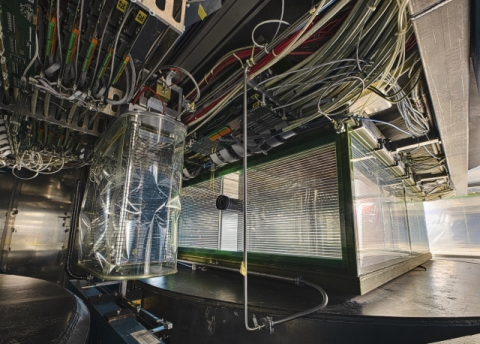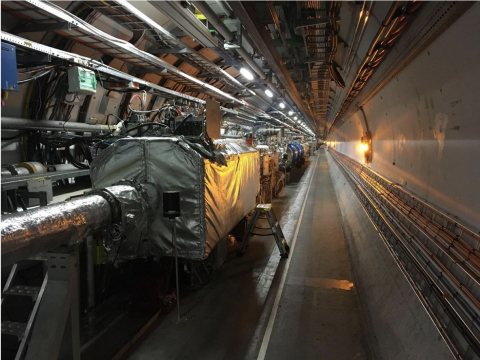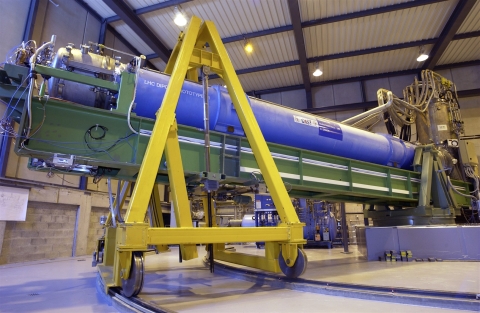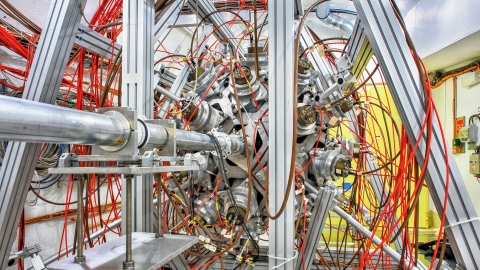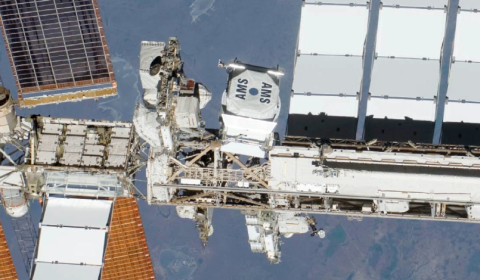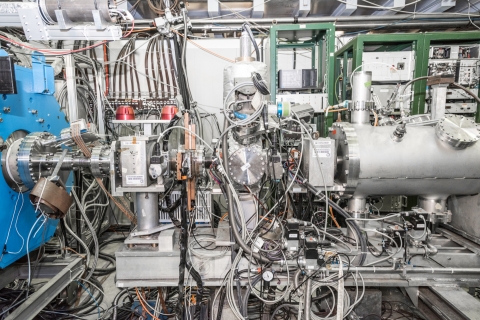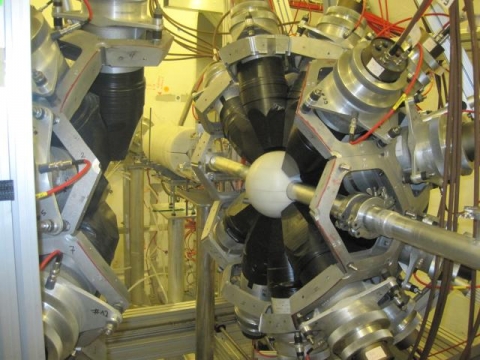SME
R&D on gas usage in the LHC particle detection systems.
A wide range of gas mixtures is used for the operation of different gaseous detectors for particle physics research. Among them there are greenhouse gases like C2H2F4 (R134a), CF4 (R14), C4F10 (R610) and SF6, which are needed because they allow to…
Read moreThe LISA project at CERN-ISOLDE
The LISA (Laser Ionisation and Spectroscopy of Actinides) consortium aims to train a new generation of experts in radioactive ion beam research and applications, laser spectroscopy, scientific laser technologies and atomic theorists whilst…
Read moreHunting for charm with lead and SHINE
SHINE (SPS Heavy Ion and Neutrino Experiment) [1] is a multi-purpose experiment studying hadron production in hadron-proton, hadron-nucleus and nucleus-nucleus collisions. The programme on strong interactions includes studying the properties of…
Read moreA new CEDAR for the NA62 experiment
The NA62 experiment at CERN studies kaon decays using a decay-in-flight technique, with the primary aim of the precise measurement of the K+ → π+νν branching fraction. The kaons are delivered to the experiment in a beam of 75 GeV/c positively-…
Read moreLHCf and cosmic ray investigation in run 3
Installation location of the LHCf Arm2 detector in the absorber region 140m right of the ATLAS interaction point The first LHCf special run of the LHC Run 3 was successfully completed in September 2022, with the LHC providing the highest collision…
Read moreCasting light on the dark sector of the universe
On axions The cosmologically established cold dark matter (CDM) makes about 84% of the Universe's total mass. In the era of precision cosmology, the composition of the CDM remains a mystery. Among the proposed hypothetical particles which could…
Read moreHighlights of the n_TOF 2022 data taking run
The outcome of the first year of data-taking after LS2 [1] was fruitful for n_TOF. The long beam-on period, along with the establishment of a third experimental area, the NEAR Station, resulted in a wealth of new experimental data taken at the…
Read more10 Years of operating the Alpha Magnetic Spectrometer on the International Space Station
AMS, passed the milestone of its first 10 years of continuous operation on the International Space Station. AMS is a particle physics detector designed to measure antiparticles, particles, and nuclei of rigidity (momentum/charge) ranging from the GV…
Read moreASACUSA excites antimatter hybrid atoms immersed in superfluid helium
When atoms are immersed into liquids, their atomic spectral lines at visible wavelengths become greatly broadened compared to those of single, isolated atoms. A million-fold increase in the linewidth is often observed, which obscures spectroscopic…
Read moren_TOF restarts its experimental programme
Following the installation of the new spallation target during LS2 and the successful commissioning during the 2021 run [1,2], the n_TOF Collaboration started in March, this year, an intense experimental programme for all three experimental areas of…
Read more
